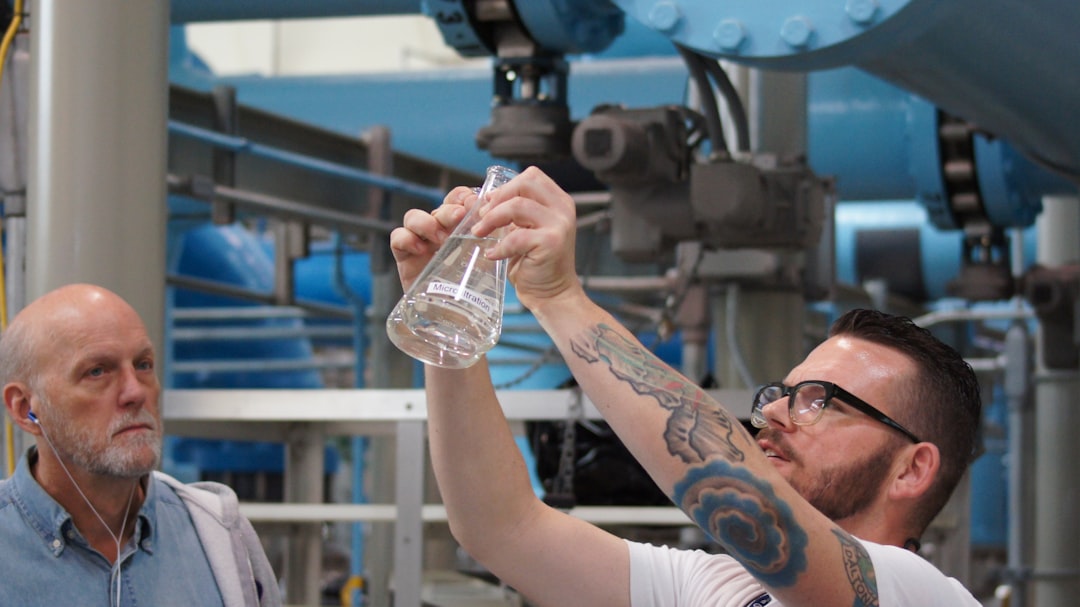What is it about?
The development of the theoretical background of a new relaxation technique based on pO2 monitoring at the outlet of the continuous-flow fixed-bed reactor is presented. The model describes the relaxation kinetics of oxygen exchange between the nonstoichiometric oxide and the gas phase in a case when surface reaction is the rate-limiting step. The model takes into account the feedback between the oxygen exchange rate and the oxygen partial pressure in the reactor: the rate is affected by oxygen released or uptaken by the sample. In the frame of material-gas feedback approach the influence of the sweep gas flow rate on the relaxation rate constant is shown. An analytical expression which allows determining correct value of the key material kinetic characteristic (surface exchange rate constant) from experimentally measured relaxation rate constant is derived. The proposed feedback approach has the versatility: the correction of the relaxation rate constant is necessary not only for the novel oxygen partial pressure relaxation method, but also for the other traditional relaxation techniques when oxides possess high oxygen exchange rate that does not allow to maintain constant oxygen partial pressure in the reactor even with high sweep gas flow rate.
Featured Image
Read the Original
This page is a summary of: Novel oxygen partial pressure relaxation technique for study of oxygen exchange in nonstoichiometric oxides. The model of relaxation kinetics, Solid State Ionics, July 2018, Elsevier,
DOI: 10.1016/j.ssi.2018.03.017.
You can read the full text:
Contributors
The following have contributed to this page










